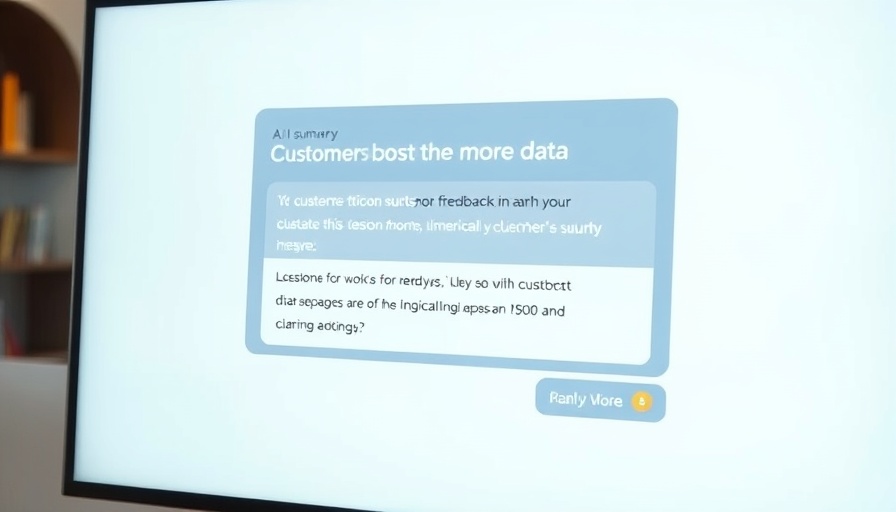
Understanding Global Payroll Services: Costs Simplified
Navigating the complex landscape of global payroll services can be a daunting task, especially for business owners scaling their operations. The costs associated with these services vary significantly and typically range from $5 to $50 per employee per month (PEPM). While the lower end of this spectrum is rare and often tied to minimal offerings, a more realistic expectation for most businesses is between $20 to $50 PEPM. Grasping these cost structures is essential, as it allows companies to wisely allocate their budgets and avoid any surprises down the line.
The Role of Additional Costs in Payroll Management
It's crucial to consider additional costs when selecting a global payroll service. These may include setup fees, charges for advanced services such as Employer of Record (EOR) solutions, and even monthly fees for bundled HR services. Understanding these nuances helps guide business owners in assessing the true financial impact of their payroll choices. For instance, opting for a service that includes HR functions can streamline various aspects of workforce management and ultimately deliver better value.
ROI Consideration: Weighing Costs Against Benefits
The return on investment (ROI) in global payroll services cannot be understated. It goes beyond just managing payroll – effective global payroll systems contribute significantly to the overall company culture by ensuring employees are paid correctly and on time, which enhances satisfaction and retention. Employers should evaluate how investing in a robust payroll service aligns with their broader strategic goals and hiring practices. By doing so, they ensure that technology and human resources work in synergy.
Questions Business Owners Should Ask
When engaging with potential payroll providers, business owners should ask pointed questions that delve into pricing structures, service capabilities, and customer support. Questions like “Can you detail what’s included in your PEPM rate?” or “What are the additional costs for EOR services?” can reveal the hidden complexities of pricing models. Understanding the elements of pricing not only helps businesses make informed decisions, but it also ensures they are fully aware of the financial commitments involved.
Future Trends in Global Payroll Services
As businesses grow and evolve, so do the tools and technologies they rely on. The future of global payroll services will likely be influenced by advancements in AI and automation, particularly in how they streamline payroll processes and improve accuracy. Business leaders should stay informed about these developments, as they can offer competitive advantages in hiring practices and overall operational efficiency.
Conclusion: Empower Your Business Decisions
Grasping the intricacies of global payroll costs not only saves money but also empowers business owners to make choices that align with their company’s culture and leadership strategies. Understanding the landscape of payroll services can help today’s innovative leaders position their companies for growth and sustainable success. Therefore, as you plan your operational infrastructure and scale your team, consider how your payroll service choices will reflect and support your overall business objectives.
 Add Row
Add Row  Add
Add 



Write A Comment